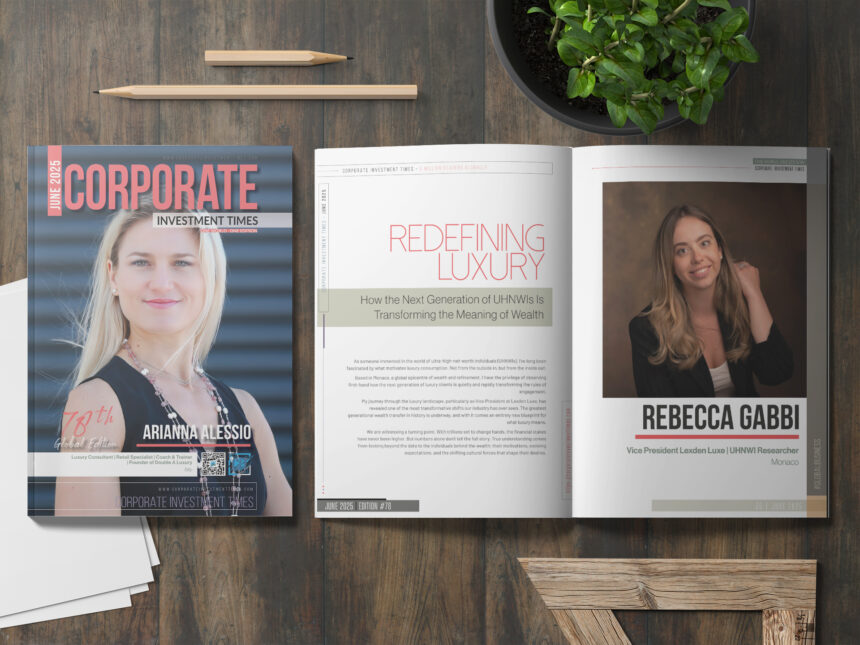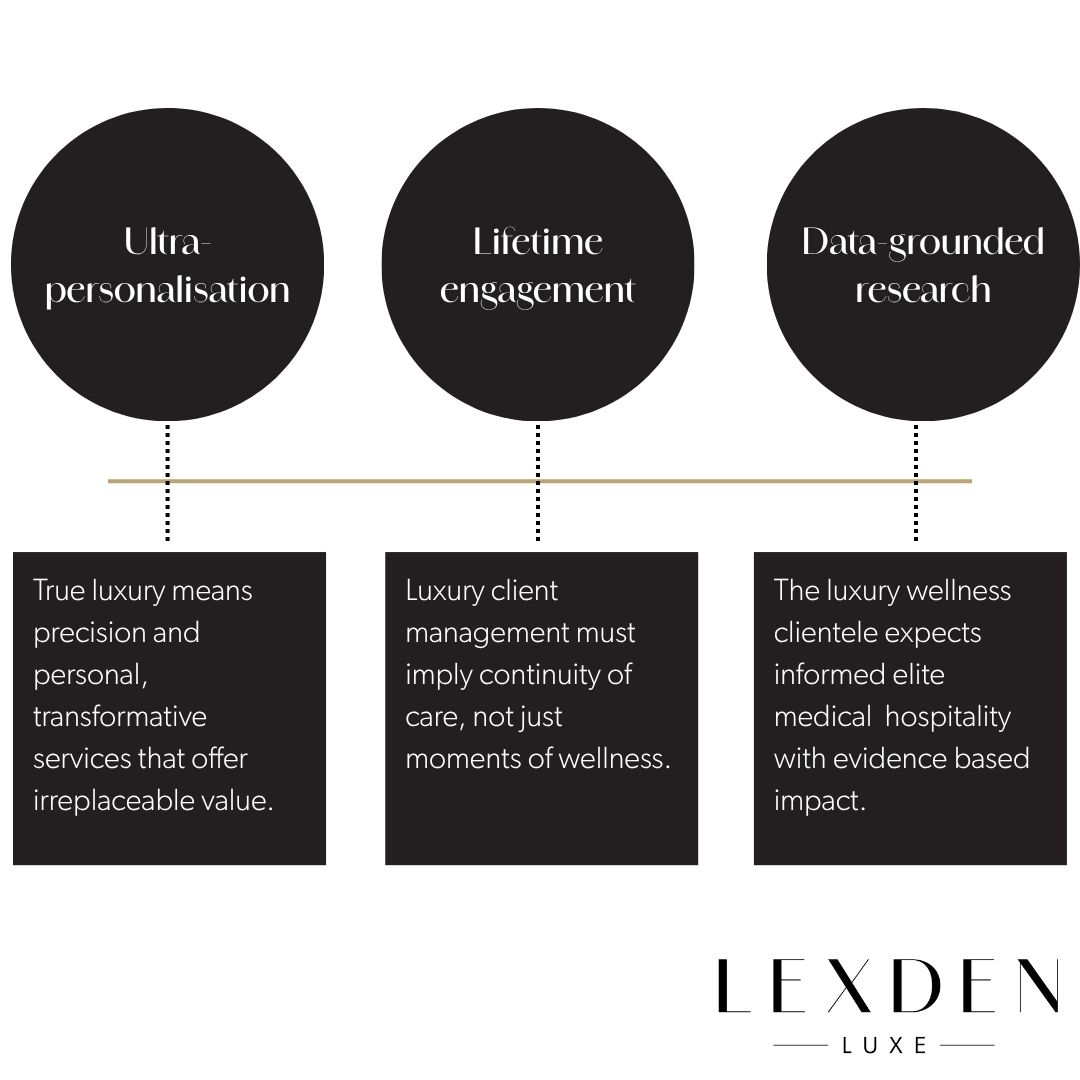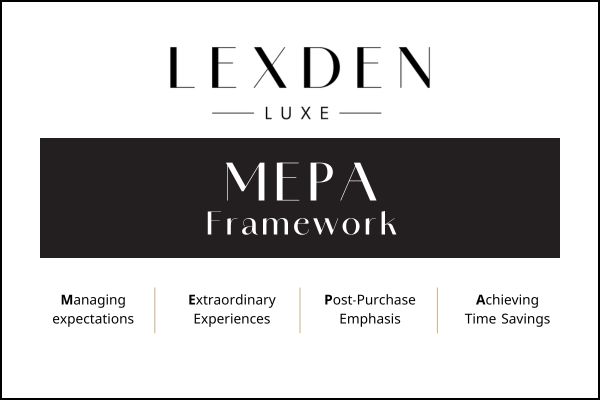As global tax regulations become increasingly stringent, international businesses and investors face mounting challenges in structuring their financial affairs efficiently.
The United Arab Emirates (UAE) has emerged as a strategic jurisdiction for those seeking tax-efficient residency, global financial mobility, and regulatory stability.
With its zero personal income tax policy, extensive network of Double Taxation Avoidance Agreements (DTAAs), and business-friendly regulatory environment, the UAE presents an attractive option for individuals and corporations looking to optimize their tax structures while ensuring compliance with international tax laws.
From Inheritance to Intention
Global market data suggests that millennials and Gen Z will hold five times more wealth by 2030 than they do today. But this transfer of capital implies a substantial transfer of values.
Lexden Luxe’s research reveals that the next generation of UHNWIs is moving away from using luxury to project wealth. Instead, they see it as a tool for self-expression, freedom and well-being.
Young UHNW consumers are less interested in spectacle and more drawn to substance. They ask deeper questions: What enhances the quality of my life? How can I extend it? And what experiences will truly matter across time?
This evolving mindset is perhaps most clearly visible in one of luxury’s fastest-growing sectors: wellness and longevity.
While traditional luxury investments still dominate headlines, the quiet revolution is happening in the wellness space. With a global value of $5.6 trillion and annual growth of over 10%, luxury wellness is becoming the new frontier for meaningful consumption.
Hence, luxury brands must respond with a reimagined experience strategy that shifts the focus from material accumulation to health optimisation and life enhancement.
At Lexden Luxe, we’ve found that the most compelling strategies are grounded in three pillars.
If legacy brands continue to define luxury solely through rarity or price, they risk irrelevance. Being seen is no longer the goal. Today’s luxury lies in what can’t be bought off a list: time to be, energy to thrive, and purpose to guide it all.
And the future belongs to those who design for that.
Beyond Status: New Motivations, New Models
Which investment yields the highest return for UHNWIs? Time well spent creating memories with loved ones and experiencing life on their own terms.
At Lexden Luxe, our proprietary research into the evolving expectations of luxury customers led to the development of M.E.P.A.
A unique framework that captures what truly matters in modern luxury, it distils four key drivers of today’s luxury consumption.
Our findings reveal a decisive shift: status is no longer the primary motivator. Instead, UHNWIs seek autonomy and authentic customisation.
Nowhere is this transformation more evident than in private aviation, a sector I am currently observing closely.
Once the pinnacle of conspicuous consumption, private jets are now appreciated as purposeful instruments: time-saving, discreet, and deeply personal.
The next generation is far from flying to impress. They want to protect freedom and maintain control over their lives, elevating functionality with finesse.
In the past, luxury might have been measured in thread count or horsepower. Today, it’s defined by how well a brand anticipates needs, adapts to the individual, and honours what UHNWIs value most: unique experiences.
Strategies for Brands: Relevance Through Relationship
So how can luxury brands stay relevant in this new era?
Responding to this generational shift is a strategic imperative. As values evolve from ownership to experience and significance, luxury brands must rethink not only what they offer, but how and why they offer it.
At Lexden Luxe, our research has shown that the brands thriving in this changing landscape are those that move beyond product excellence to prioritise deeply personalised, enduring relationships.
They take intentional, strategic action to curate lives, instead of delivering transactions.
One of the most compelling examples is the rise of immersive grand tours by automotive brands.
I was recently invited to one of these multi-day journeys and “We know what you like” was the only sentence on the invitation. After RSVPing, they asked for my favourite colour and I was left wondering, excited about what’s to come.
And what came was an emotionally engaging experience, uniquely powered by a car ride. Every sensory detail — from the food to the tools we used, the linens in the villa and the music — was orchestrated to match and enhance the emotion of that colour.
For those wondering, I chose the colour navy blue — and guess what? Somehow, they even managed to make me smell navy blue.
How? I still don’t know. But I can tell you that I felt it — and I want to experience it again.
This exemplifies how luxury brands should transcend their product category to become part of their clients’ most treasured life experiences:
Invest in pre- and post-purchase experience design, ensuring that the journey with the brand is seamless, consistent, and emotionally resonant at every stage.
Offer bespoke memberships, behind-the-scenes access, and community-driven narratives that foster a sense of belonging beyond the material product.
Collaborate with clients, inviting them into the creative and experiential process, allowing them to co-create.
Thriving at the Intersection of Wealth, Behaviour, and Impact
Businesses must stop asking “How do we sell more?” and start asking “How do we matter more?”
What we are witnessing is a moment that fundamentally unsettles the very foundations on which traditional luxury has been built.
The superyacht industry is an exemplary case of how next-generation UHNWIs are radically disrupting the industry certainties.
They don’t care about the vessel. They want a better life — and they expect yachting to contribute to it.
However, we all know the old saying: every yacht owner has two favourite days — when they buy and when they sell the boat.
So how do we change this?
It is clearly an opportunity for the industry to create customer journeys that are frictionless, flexible, and deeply personal.
Hence why, by championing a “peace of mind” client management strategy for yachting, I work with companies to remove the pain from ownership altogether.
I integrate every element into one seamless ecosystem that understands that time is now the greatest luxury.
Streamlining, anticipating, and removing friction offers flexibility and discretion in every touchpoint — especially as privacy becomes paramount.
Then, tangible commitments to sustainability and social equity align with the social values towards long-term meaningful change.
My Journey Ahead
It’s only by looking beyond the data and numbers that the industry can cater to the ever-evolving needs of UHNW customers.
Despite being a relatively homogenous group, their lifestyle preferences are as diverse as they are dynamic.
From legacy-focused baby boomers to purpose-driven millennials, the motivations and emotional drivers keep changing.
As a UHNWI researcher and strategy consultant, I’m reminded daily that the greatest opportunities in luxury today don’t lie in tradition — but in transformation.
How can I make your client feel your brand? How can I reduce effort, deepen connection, and amplify purpose?
To be successful and support brands to become irreplaceable, I bridge deep insight with strategic action.
Driving sustainable long-term growth requires going beyond specifications and into the emotional narrative of luxury.
Bespoke, tailor-made solutions are pivotal to craft meaningful experiences and build enduring relationships.
And the brands that understand this — those bold enough to question legacy thinking — won’t just stay relevant.
They’ll become essential to the lives of the clients they serve.






